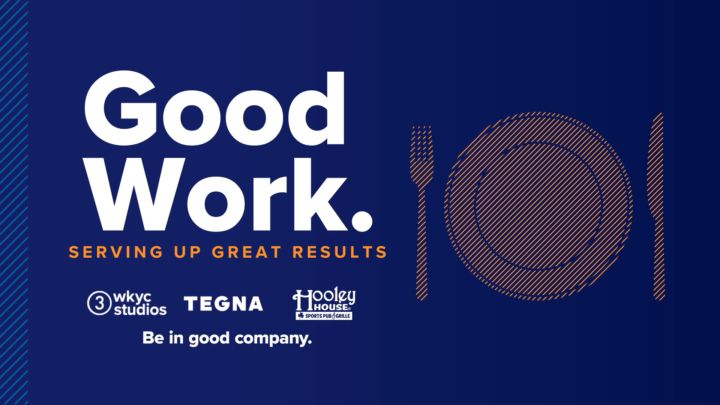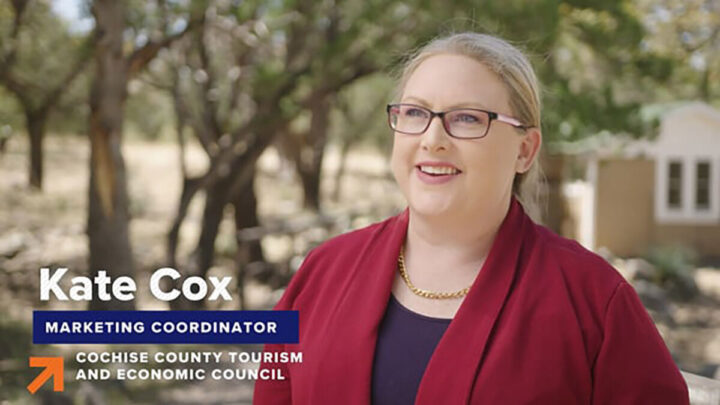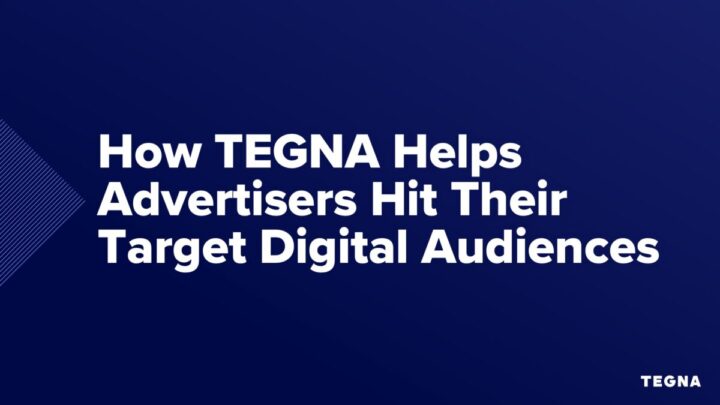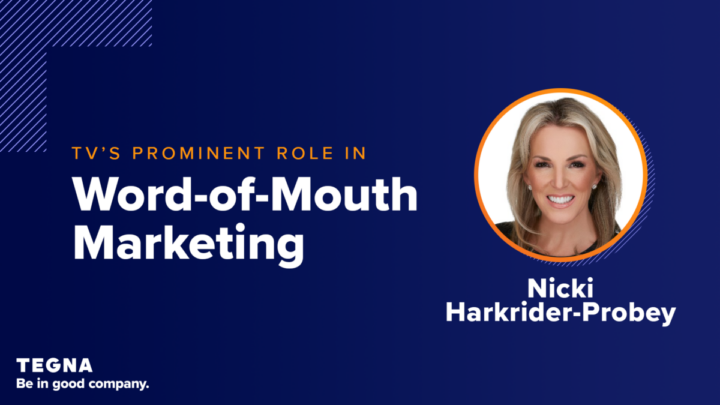How The Rise in Telehealth Can Help Your Healthcare Brand Reach New & Existing Patients
With a very health-conscious public, healthcare brands have a unique opportunity to leverage trends in telehealth, health insurance, and media consumption in order to connect with new and existing patients.

“Is vomiting a symptom of COVID?” Is sneezing a symptom of coronavirus?” “Is there a coronavirus cure?” These are among the top searches from Google Search Trends during the pandemic.
The intense focus on health and wellness represents a massive opportunity for healthcare brands to deliver relevant, meaningful marketing messages to consumers. At TEGNA, we work with hundreds of healthcare brands across the country. We have identified three consumer trends to help your brand create experiences that educate patients and connect with audiences.
1. The Rise of Telehealth
Since March, the public mindset is avoiding doctor’s offices and healthcare facilities for non-emergencies. Consumers feel staying away allows resources to go to those who need it most and reduces their exposure to the virus. With these new behaviors, the pandemic has advanced telemedicine ten years in just a few months.
Teledoc Health – multinational telemedicine and virtual healthcare company – reported in their Q2 earnings call that year-over-year, the first six months of 2020 showed a 144% growth in visits and 63% revenue growth. We see this trend only continuing to grow. Because of increasing familiarity and comfort with telemedicine, 2021 expects usage and revenue growth beyond 2020.
Marketing Action Plan: Many consumers continue putting off in-person visits and unnecessary or non-life-threatening procedures. Meanwhile, some patients are wary of Telehealth services because it’s such a new and unfamiliar concept. This sentiment makes it more critical than ever to focus messaging on reducing the stress of the unknown.
Healthcare brands looking to get connected with both new and existing patients should create messaging focuses on telemedicine and safety:
- Telemedicine. Healthcare brands can walk patients through telehealth processes. This messaging includes setting up an appointment, what to expect, and the screening process. Make sure the messaging helps foster an understanding of telehealth and the patient experience.
- Safety. Many patients keep up with CDC guidelines and regulations. Be sure to put your patient’s safety top of mind and encourage preventative measures, such as wearing a mask and washing hands often. In marketing, consider sharing images of and writing copy around socially distanced offices, masked personnel, and other displays of your staff adhering to CDC guidance.
2. Loss of Health Insurance
During the pandemic, an estimated one in five adults reported they or their partner were laid off or furloughed, resulting in a loss of health care coverage. Experts are predicting the pandemic could bring about an end to tying health insurance to employment status. It will be critical for healthcare providers to stay on top of these conversations and trends to connect with both new and existing patients.
Marketing Action Plan: As health insurance coverage changes in the months and years to come, new population segments will have access to health care services. Keeping up with these trends, completing audience segmentation, and ensuring your healthcare brand targets the best audience possible through the most impactful channels and with the most relevant personalized message has never been more critical.
3. The Shift in Viewing Habits
With so many Americans spending more time at home while quarantining, they’re spending more time in front of the TV with linear broadcast and digital streaming media. There’s no doubt video consumption is up as audiences experience a “seismic shift to streaming” while also increasing the amount of time they spend checking in with local news outlets for accurate coronavirus updates.
A Pew Research Center study found that 46% of Americans listed local news outlets as their primary source for coronavirus news. Additionally, 23% of Americans are paying more attention to local news broadcasts than before. As a result, local news ratings and digital metrics see record highs as consumers turn to trusted local information providers. Streaming is also up. According to The Wrap, the average household is streaming 92% more content than last year.
Marketing Action Plan: Video consumption is significant, whether through streaming services or linear television. Healthcare marketers should rely heavily on a video strategy and align marketing messages with trusted local broadcast news brands, corresponding digital properties, and OTT.
ABOUT TEGNA
At TEGNA, we’re committed to serving the greater good of our communities. TEGNA is a one-stop-shop that helps businesses thrive through an unmatched suite of services and solutions that reach consumers across through linear broadcast, over-the-top streaming (OTT), and digital solutions. Click here to learn more.





















